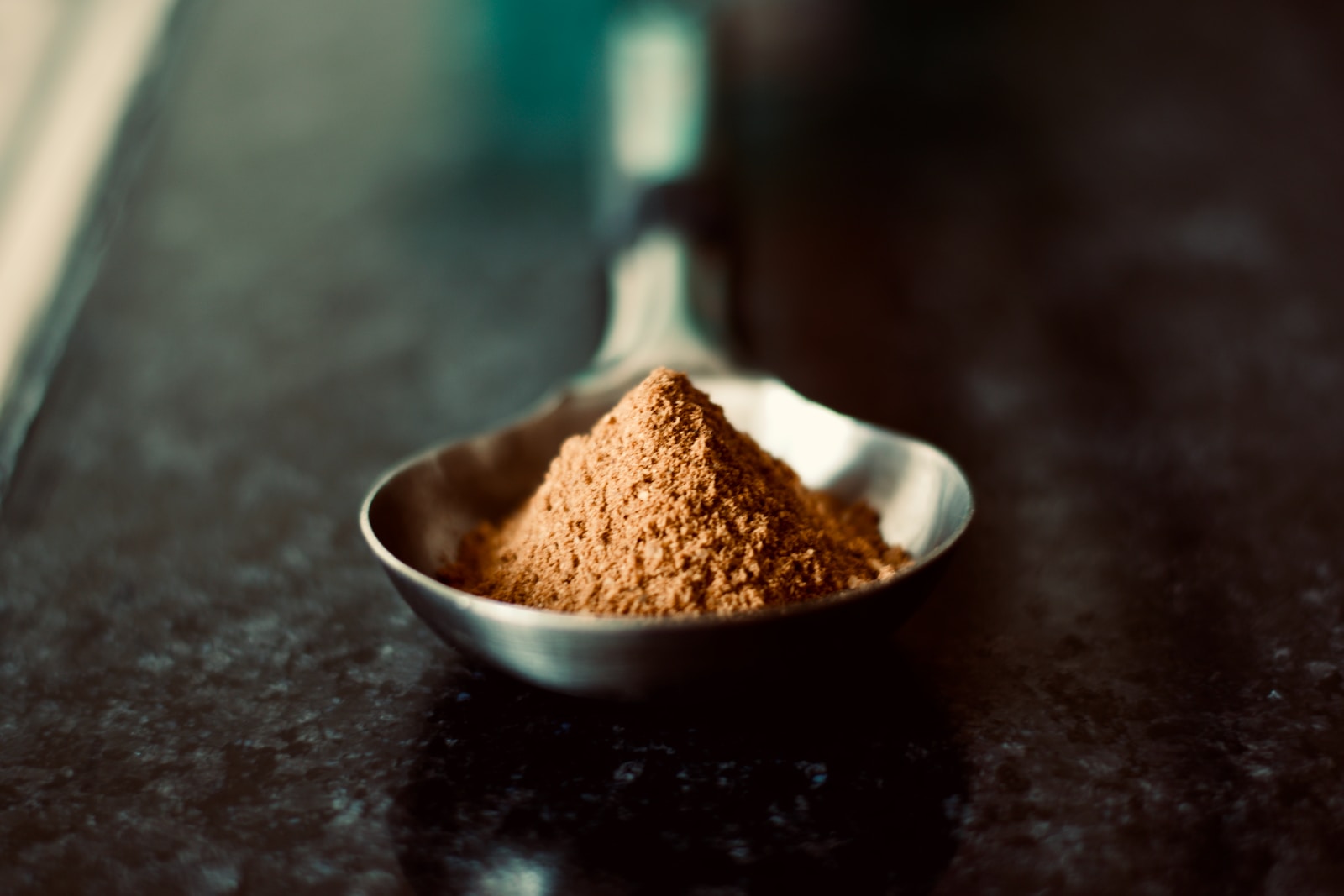Cannabis cultivation can be a rewarding experience, but it comes with its fair share of challenges. One of the most common problems that growers face is powdery mildew, a fungal disease that can wreak havoc on your cannabis plants if left unchecked. In this comprehensive guide, we will explore various methods and strategies on how to treat powdery mildew on cannabis effectively.
How to Treat Powdery Mildew on Cannabis
Powdery mildew is a persistent issue that can affect cannabis plants at any stage of growth. To combat this problem successfully, it’s essential to understand the causes, symptoms, and treatment options available.
Understanding Powdery Mildew
Powdery mildew is a fungal disease caused by various species of fungi. It thrives in conditions with high humidity and moderate temperatures, making it a common problem for indoor and outdoor cannabis growers. The disease appears as a white, powdery substance on the leaves, stems, and buds of the plant.
Identifying Symptoms
Recognizing the symptoms of powdery mildew is crucial for early intervention. Look out for:
- White Powdery Spots: The most apparent sign of powdery mildew is the presence of white, talcum-like spots on the leaves.
- Yellowing Leaves: Infected leaves may start to yellow and wither.
- Stunted Growth: Affected plants often experience slowed growth and reduced yields.
- Distorted Buds: Powdery mildew can deform cannabis buds, affecting their quality.

How to Treat Powdery Mildew on Cannabis: Practical Solutions
Now that you can identify powdery mildew, let’s delve into effective treatments and preventive measures.
1. Isolate Affected Plants
As soon as you notice powdery mildew, isolate the infected plants from healthy ones. This prevents the disease from spreading.
2. Prune Affected Leaves
Carefully remove the affected leaves and dispose of them properly. This reduces the fungal load on the plant.
3. Increase Air Circulation
Good airflow is crucial in preventing powdery mildew. Use fans to ensure proper ventilation in your growing area.
4. Adjust Humidity Levels
Maintain humidity levels between 40% and 50%. Lower humidity inhibits the growth of powdery mildew.
5. Neem Oil
Spraying neem oil on your plants can help control powdery mildew. Neem oil acts as both a preventive and treatment measure.
6. Baking Soda Solution
Create a solution using baking soda and water (1 tablespoon of baking soda per gallon) and spray it on your plants. This alters the pH on the leaf surface, making it less favorable for the fungus.
7. Organic Fungicides
Consider using organic fungicides like sulfur or potassium bicarbonate to treat powdery mildew. These products are safe for the environment and effective against the fungus.
8. Beneficial Predators
Introduce beneficial predators like ladybugs or lacewings to your cannabis garden. These insects feed on powdery mildew and can help control the population.
9. Keep the Grow Space Clean
Regularly clean and sanitize your grow space to prevent the buildup of fungal spores.
10. Quarantine New Plants
Before introducing new cannabis plants to your garden, quarantine them for a few weeks to ensure they are not carrying powdery mildew.

FAQs
Q: Can I smoke cannabis that has been affected by powdery mildew?
A: It is not recommended to consume cannabis that has been infected with powdery mildew. The fungus can be harmful when ingested.
Q: Will powdery mildew come back after treatment?
A: Powdery mildew can return if the conditions are favorable. It’s crucial to maintain proper environmental conditions and continue preventive measures.
Q: Can I use chemical fungicides on my cannabis plants?
A: While chemical fungicides are an option, many growers prefer organic alternatives to avoid chemical residues on their plants.
Q: Can powdery mildew spread to other plants in my garden?
A: Yes, powdery mildew can spread to other plants. Isolation and preventive measures are essential to prevent its spread.
Q: How often should I apply treatments?
A: The frequency of treatments depends on the severity of the infection. Follow product instructions and monitor your plants closely.
Q: Are there cannabis strains resistant to powdery mildew?
A: Some cannabis strains are more resistant to powdery mildew than others. Research and choose strains known for their resistance if this is a recurring issue.
Conclusion
Dealing with powdery mildew on your cannabis plants can be challenging, but with the right knowledge and proactive measures, you can effectively treat and prevent this common fungal disease. Remember to maintain a clean growing environment, monitor your plants closely, and use organic treatments whenever possible. By following these guidelines, you can ensure a healthy cannabis harvest free from the grip of powdery mildew.
